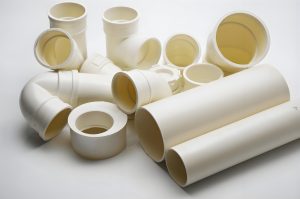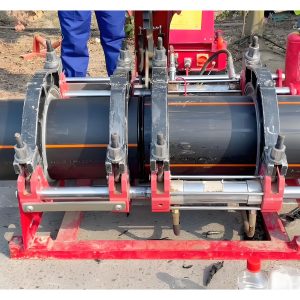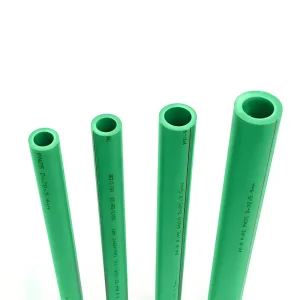LUOYANG DATANG ENERGY TECH CO.,LTD
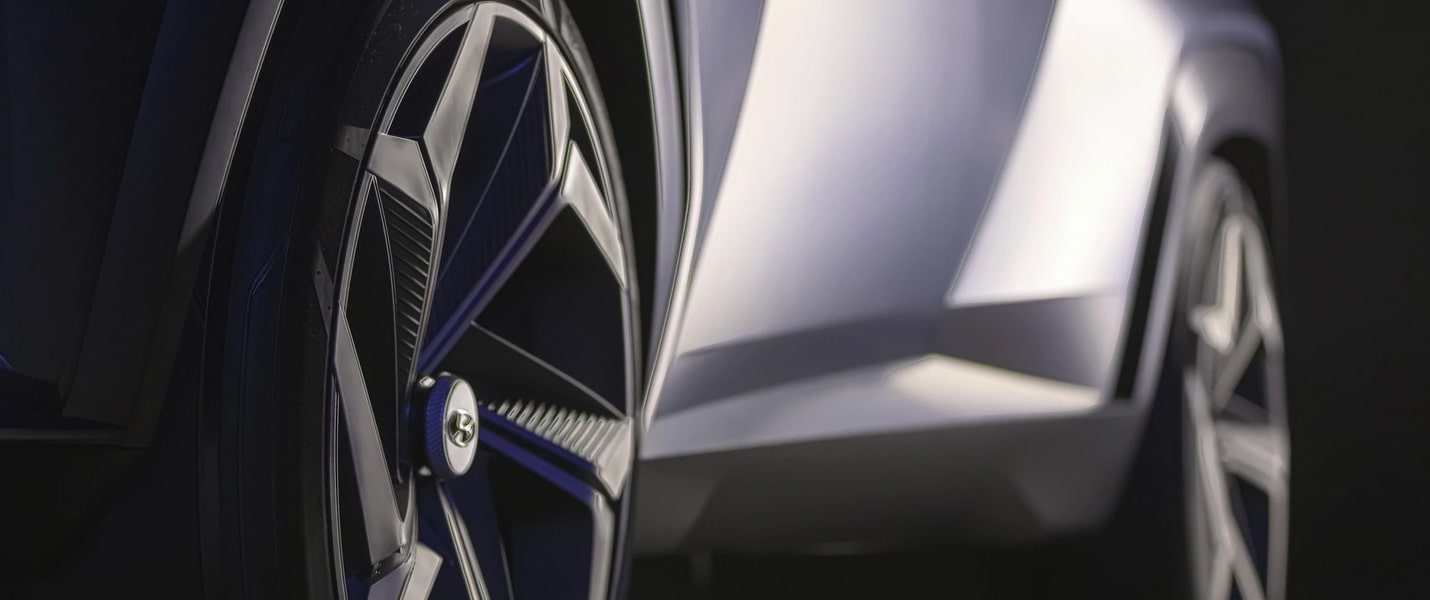
PPR Pipes vs Cast Iron Pipes: Comparison and Analysis
PPR pipes, with their high strength and heat resistance through random copolymerization technology, have become the preferred choice for home water supply. Its heat fusion connection ensures zero leakage, is environmentally friendly and non-toxic for drinking water, is pressure-resistant and corrosion-resistant with a lifespan of up to 50 years, and offers much better value for money than traditional cast iron pipes.
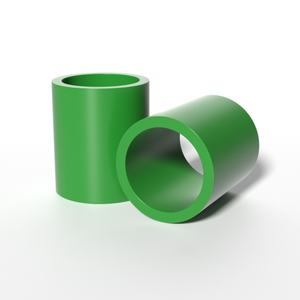
The superiority of PPR pipes
Material characteristics and technology
The PPR pipe uses random copolymerization technology, which has significantly improved the material strength and high-temperature resistance of the PPR pipe. These advantages of polypropylene have made it shine in the field of water supply pipes and gradually become the preferred material for home decoration projects.
Details of the advantages
PPR pipes, with the application of random copolymerization technology, demonstrate many outstanding properties. Its advantages include hygiene, environmental friendliness, hot-melt connection technology, excellent heat and pressure resistance, cost-effectiveness, and an extremely long service life. Specifically, polypropylene, as an environmentally friendly material, is highly suitable for the delivery of drinking water. It has the characteristics of large flow, non-toxic hygiene, and corrosion resistance, making it a green channel. The joints of PPR pipes are made by heat fusion, ensuring a firm connection and achieving 100% leak-proof. In contrast, other materials may use threaded connections, which are relatively less leak-proof and may have the toxicity of glue bonding. PPR pipes are not only heat-resistant but also have excellent pressure resistance and low transport resistance. It is lightweight, pressure-resistant, corrosion-resistant, has a low thermal conductivity, can be reused, and has a positive effect on environmental protection. PPR pipes are moderately priced and cost-effective, and when produced and used in accordance with the national standard GB/T18742, the service life of PPR pipes can reach 50 years.
Economy and lifespan
PPR pipes are economical, moderately priced and offer good value for money. When produced and used in accordance with the national standard GB/T18742, it can last up to 50 years. Such features make it more competitive among pipe materials.

Disadvantages of cast iron pipes
Obvious weaknesses of the material
Cast iron pipes are pipes formed by casting cast iron and are commonly used in pipelines such as water supply, drainage, and gas transmission, including cast iron straight pipes and fittings. Because cast iron pipes are made from iron, they have significant disadvantages such as brittleness, heavy weight, and low strength. Cast iron pipes are brittle and have poor impact resistance. At the same time, they are heavy and difficult to handle and install. In addition, its strength is lower than that of other pipes and may not meet the requirements of some high-strength applications. Cast iron pipes are prone to corrosion, especially in certain corrosive environments, and their service life can be significantly shortened, typically with a maximum lifespan of only about 20 years.
Construction and cost
Cast iron pipes are complex and costly to install. Cast iron pipes are usually connected by socket or clamp, both of which are relatively complex and not only increase the difficulty of construction but may also lead to higher costs. At the same time, the material of cast iron pipes is relatively expensive, and the labor cost is also considerable. Because cast iron pipes are prone to corrosion and have poor sealing performance, their safety performance is relatively low. In addition, their rough walls are prone to clogging, which further affects their safety in use.
Compared with traditional cast iron pipes, galvanized steel pipes, cement pipes, etc., PPR pipes have shown significant superiority. It not only saves energy and materials and is environmentally friendly, but also has the characteristics of being lightweight, strong and corrosion-resistant. Its inner wall is smooth and not prone to scaling, making the construction and maintenance process easy and convenient. In addition, PPR pipes have a longer service life, further enhancing their advantages as a pipe material. Combining these features, PPR pipes are used much more frequently in practical applications than cast iron pipes. Therefore, it is recommended that you choose PPR pipes that are environmentally friendly, durable and highly reliable.
Supplier
Luoyang Datang Energy Tech Co., Ltd. is a leading Chinese manufacturer specializing in high-quality plastic pipes and fittings. Equipped with state-of-the-art automated production lines and supported by a team of 200 professionals, we offer an extensive product line comprising over 150 types of plastic pipes and fittings designed for water supply and drainage systems, gas transmission, and floor heating systems. Our main products include PVC Pipes and Fittings, PE (HDPE) Pipes and Fittings, PPR Pipes and Fittings, and PEX Floor Heating Pipes.
Should you have any inquiries regarding PPR pipes, please do not hesitate to contact us!
Tel.:0086-183 3790 0677
Wechat: 0086-183 3790 0677
Whatsapp: 0086-183 3790 0677
Email: sales@pipesandfittings.net

